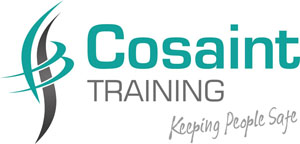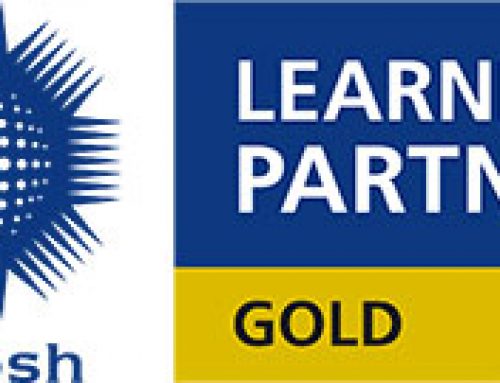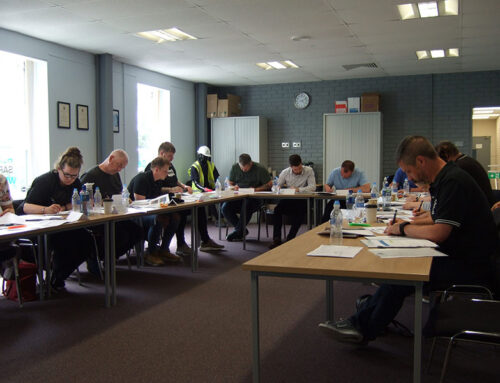Just as many of us start off a new year by thinking of resolutions we would like to make to improve our personal well-being and performance, it’s time to take stock and consider how you would like to improve your business performance in the new year, and you should start by thinking Safety First!
A new calendar year is the perfect opportunity to ensure that good practice is being adhered to across your company. The safety of your workforce, customers, and visitors to your premises, should be one of your top priorities.
Make sure your company makes a concerted effort in 2018 to work towards improved Health and Safety performance. By following these steps, you will be on your way to achieving your new year goals.
1. Identify and plan for all workplace hazards
While it is important to continually assess and mitigate workplace hazards, the new year is a great time to review and refresh risk assessments, especially those that are task-based that can sometimes go without a review for a little longer than dynamic risk assessments carried out per job or contract.
If you don’t already have one, create a matrix or spread sheet of all of the risk assessments you need to maintain, with a record of when they were last reviewed. This will help to ensure that none go under the radar.
2. Consider investing in a defibrillator.
Heart health is becoming increasingly important, especially with a workforce that is likely to live and work for longer. According to UK stockist defibshop, 95% of all untreated cardiac arrests end in fatality.
When you consider that 30,000 out-of-hospital heart attacks take place each year, and that treatment with a defibrillator in the first 10 minutes raises the chance of survival to 75%, supplying your workforce with access to one seems like a very good idea.
3. Train and refresh your workforce.
Identify the training needs of your employees through the use of a Training Needs Analysis, Training Matrix, Competency Matrix, Annual Appraisals, the findings of Risk Assessments, the use of historical data such as root cause analysis of accidents, and by determining training needs based on job roles.
Training can include: technical up-skilling, job-specific training, soft skills training, and management and supervisory training. However, it’s important that a budget is available for Health and Safety training, refreshers, and tool box talks across all levels of employees – from Senior Management to front-line staff.
4. Maintain the conversation.
Companies need to get into the mindset that safety is not an afterthought, but a regular aspect of your business that is communicated internally. This can include holding internal training sessions, refresher sessions, and tool box talks, as well as involving employees in carrying out Risk Assessments and Safety Walks, and ensuring they are engaged with the safety performance of the company through internal newsletters and KPI Dashboards.
5. Take ownership of health and safety incidents.
If an accident or incident does occur, always ensure that it is properly investigated, that corrective action is taken where required, and that the results of the investigation are communicated to appropriate employees.
Records should be maintained to identify any trends or patterns, and photographs should be taken for accurate record-keeping, and to use in future training sessions.
Get in touch for more information on how we can help assess the training needs of your workforce, including creating a bespoke training plan based on your needs.







Leave A Comment